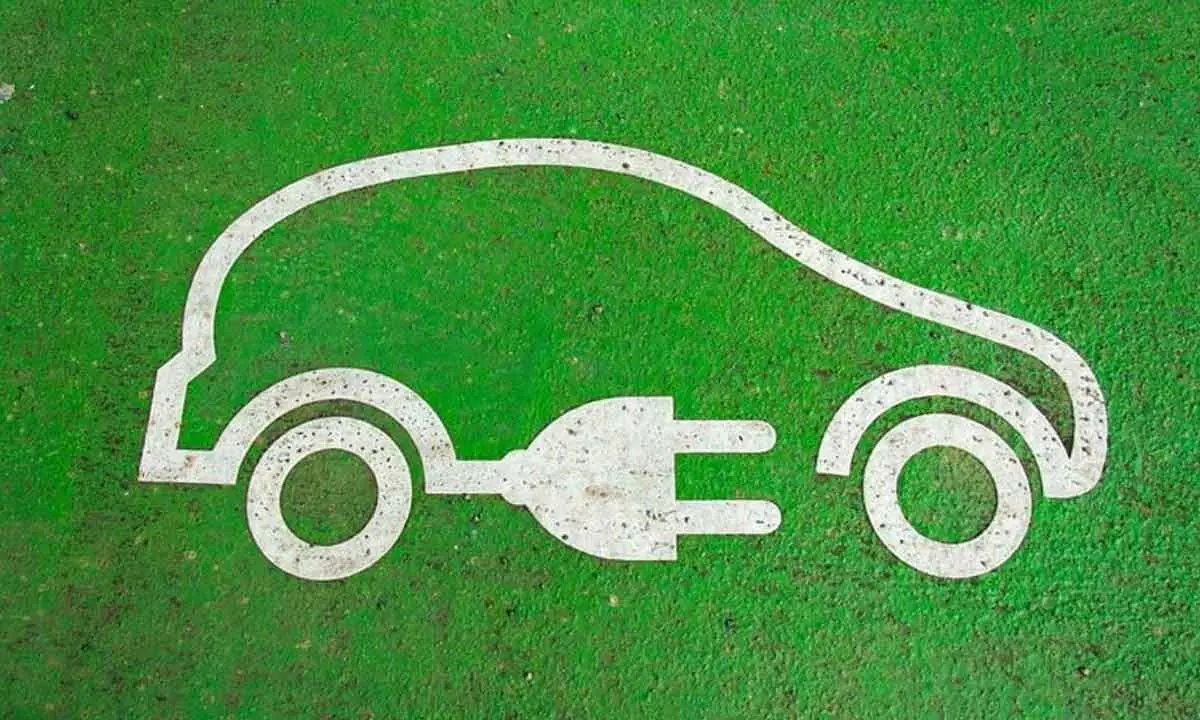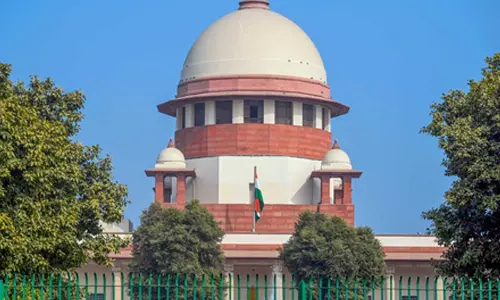India Electric Boon is not Dependent on Pricey cars but on Two and Three wheelers

For drivers, the main attraction is the money, they can save on fuel, so they can take home a larger chunk of their fares.
- In Countries such as United States, we find many prefer to own luxury electric cars from Tesla or any other company. Generally, Tesla vehicle cost Is around $60,000 and the cheaper one above $25,000.
- In India, we find majority of people have median income is around $2400.None the less, there is electric vehicle movement but not on 4 wheels, mostly two or three.
In Countries such as United States, we find many prefer to own luxury electric cars from Tesla or any other company. Generally, Tesla vehicle cost Is around $60,000 and the cheaper one above $25,000.
In India, we find majority of people have median income is around $2400.None the less, there is electric vehicle movement but not on 4 wheels, mostly two or three.
In india, one can own electric moped by spending less than $1000 and they can zip around the urban thoroughfares, cheered on by environmentalists and the government as way to clear of the oppressive smog. India definitely has shown the path to other developing nation can ditch combustion engines and combat climate change without pricey electric cars.
Indian automakers sold around 430,000 electric vehicles in a year that ended in March, in other words more than 3 times when compared to previous year. Most of them were two or three wheeler only mere 18,000 cars sold, as per the industry data. As per Kelley Blue Book, Americans have brought around 487,000 new electric cars in the year, 2021, there has been around 90% increase from 2020.
There are numerous regions in the world, which do not buy a $60,000 car, stated Bhavish Aggarwal, the 37 year old founder and Chair of Ola Electric, which makes electric mopeds at a factory in the southern state of Tamil Nadu.
Beginning with the smaller vehicles, makes economic and environmental sense fro India. Most of the Nation's transportation fuel is used by two and three wheeled vehicles and car ownership is incredibly low. There are mere 22 cars for every 1000 individuals in India, when compared to 980 per 1000 Americans.
If you are able to electrify two wheelers and three wheelers, you would changed the game, stated Amitabh Kant, a former CEO of Niti Aayog, the government agency, has created a subsidy program for electric two and three wheeled vehicles in the year, 2015.
India's experience can provide path for global ramifications. Billions of People in Africa, Asia and Latin America don't own cars. India already sells cheap combustion engine vehicle to Africa, Latin America and other parts of Asia and executives and government officials hope to eventually also export lots of electric vehicles.
Battery-powered vehicles would not eliminate that pollution since three-quarters of India's electricity comes from coal-fired power plants. Even electric models that get their energy from coal plants are generally responsible for less greenhouse gases overall than gasoline models. India is also investing much heavily in solar energy and our Prime Minister Narendra Modi has made a pledge previous year, that our nation would receive half of its energy from sources other than fossil fuels by the year, 2030.
As per Fatima Arroyo-Arroyo, an urban transport specialist at the World Bank, the transition to electric vehicles has come hand in hand with electricity production.
The transition clearly would take time. Indian automakers sold more than 16 million cars, buses, mopeds, rickshws and other vehicles in the 12 months that ended in March, and only 2.6% were electric. But few parts of the market are changing fast, more than 45% of three-wheeled vehicles were electric.
For drivers of rickshaw like Singh, the main attraction is the money, they can save on fuel, so they can take home a larger chunk of their fares.
Suman Mishra, CEO of Mahindra Electric, stated " it gives livelihood to our customers, we manufacture rickshaws and other electric vehicles, it has got huge social impact. The biggest problem we are facing, we are not able to keep up with the demand.
In India, Ola has built its factory in the middle of a sea of palm trees, in an small town, pochampalli, near Bangalore. The above factory employs around 2000 people and all of them are women. Few Indian women work in manufacturing and the company desire is to show to the world, that they can.
Aided by the robots, these women tend to test cells, built battery packs and also assemble moped whose start price is about $1200 and they are shipped directly to the customers
Aggarwal, Ola CEO has stated, that switch to battery power was unlikely to happen if the world much relied on large automakers such as Tesla and Ford Motor. Big manufacturers are raising prices by thousands of dollars and they might never get around to make electric vehicles, that are widely affordable in India as well as Africa.
China is the leader when it comes to small battery powered cars. A joint venture of General Motors, SAIC and Wuling sells a four-passenger electric car for about $4,500. With a top speed of about 60 mph and a range of 100 miles, the Wuling Hongguang Mini EV is well suited to the cities.
India is showing that there exist huge market cheap electric vehicles. We need to wait and see, whether India would be able to scale up the production and meet the demand and also help other developing nations by offering cheap electric vehicle for sale.
One of the challenge, there exists short supply of batteries, hence it needs to compete with big companies such as Tesla and General Motors.
India's approach to electric vehicles appears to reflect the lessons of those missteps. Rather than offering small subsidies to dozens of industries, as it did previously, the government is directing money to a few crucial areas to help Indian companies to build an electric vehicle ecosystem.
The analysts stated that, it was wise for Modi to stop courting Tesla, its cheapest car cost about $40,000, but most cars here sell for than $10,000.The reason as to why the country lags behind in use of electric cars, auto executives stated that, batteries are too expensive. The economics do nto work, stated R.C Bhargava, chair of Maruti Suzuki.
One company working on the effort is the Sun Mobility, it is headed by Chetan Maini, who has built the Reva, a small two door electric car, which has come out years before the Tesla's first model.
Sun mobility has about 70 battery-swapping stations in New Delhi and Maini wishes to expand to 500 nationwide by the end of the year. The company also aspires to offer modular batteries which work in any vehicle. A Moped would require one, a rickshaw two and a car four.














